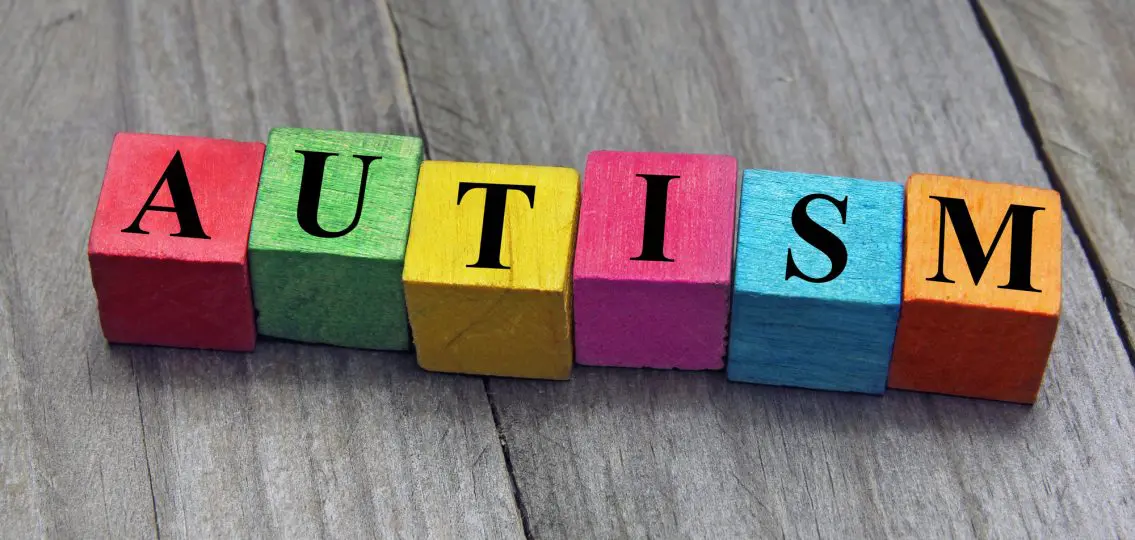Autism In Teens
Not everyone has met a person with autism. Not everyone knows how to interact to autism. We asked an expert what “typical” teenagers should know about peers with autism. Iliana Hoffer Skoff has great advice – from talking to the teenager rather than just deferring to their parent to conversation starters. Some of these tips may even be surprising. Have you not yet learned about “person-first language”? Don’t worry – she’s here to help.
1. Use person-first language.
Refer to my child first before you refer to her disability. Say, “Jan is a 12-year-old girl with autism spectrum disorder,” rather than, “Jan is an autistic 12-year-old girl.”
2. Ask for advice on how to interact.
Don’t be afraid to ask how to talk to her. I know that it is not intuitive. Don’t feel bad asking and I won’t feel bad if you ask. I appreciate that you care enough to want to know how to interact with her.
3. Talk to her not me.
When you want to talk or give a direction to my teenager, talk to her, don’t talk to me or her aide or her teacher.
4. Give choices instead of open-ended questions.
When you ask her what she wants to eat, say, “Do you want pizza or pasta?” She has a hard time answering, “What do you want to eat?” Open-ended questions are hard; choices help her focus.
5. Please offer to help, but don’t feel bad if I say no.
I really appreciate your offer to help, but your offering to help may be a distraction at that particular point, so I may say, “No, thank you.”
6. Ask me the ways I am amazed by my child.
Ask me about my child’s latest accomplishments. Don’t assume I will only have sad, challenging things to share about my child.




